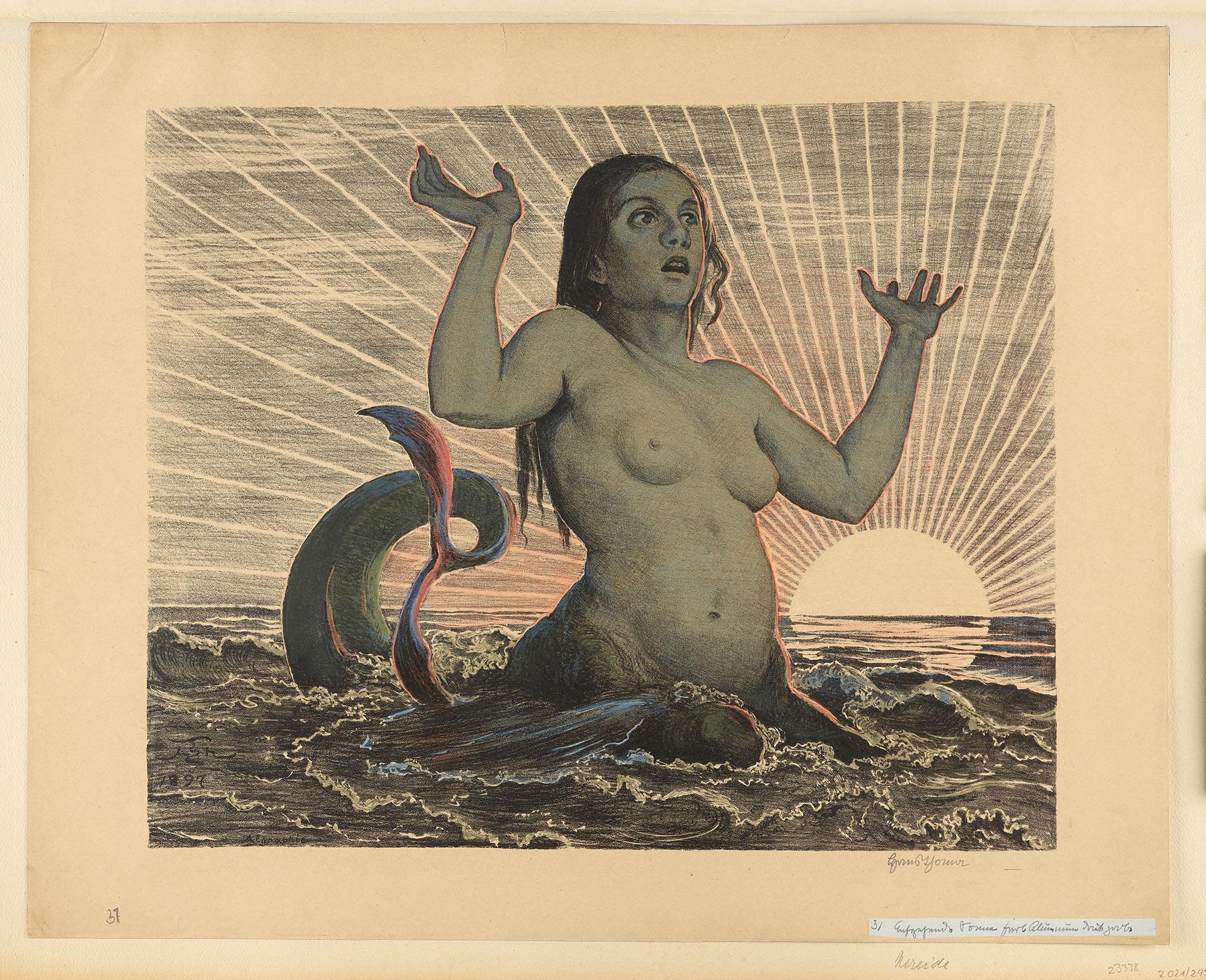
Hans Thoma - Between Poetry and Reality
Augustinermuseum | 14 December 2024 – 26 March 2025
100 years after his death, the Augustinermuseum dedicates a large exhibition to Hans Thoma. In addition to the famous, iconic Black Forest landscapes and genre paintings of the realist, lesser-known works that show clear influences of Art Nouveau and Symbolism, or impressive portraits surprise. Thomas's closeness to folk themes is put up for discussion, using the example of motifs that are Germanic in nature. The exhibition focuses on the artist's graphic work, complemented by selected paintings and handicraft objects.